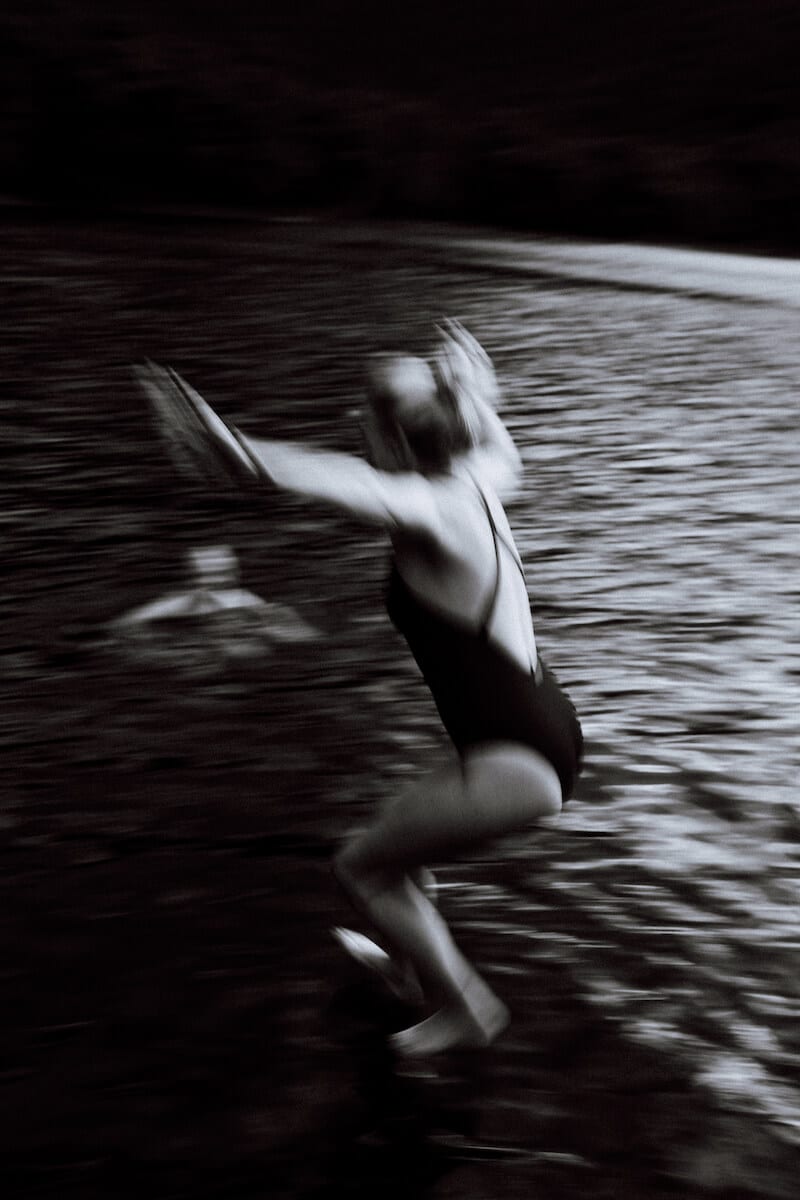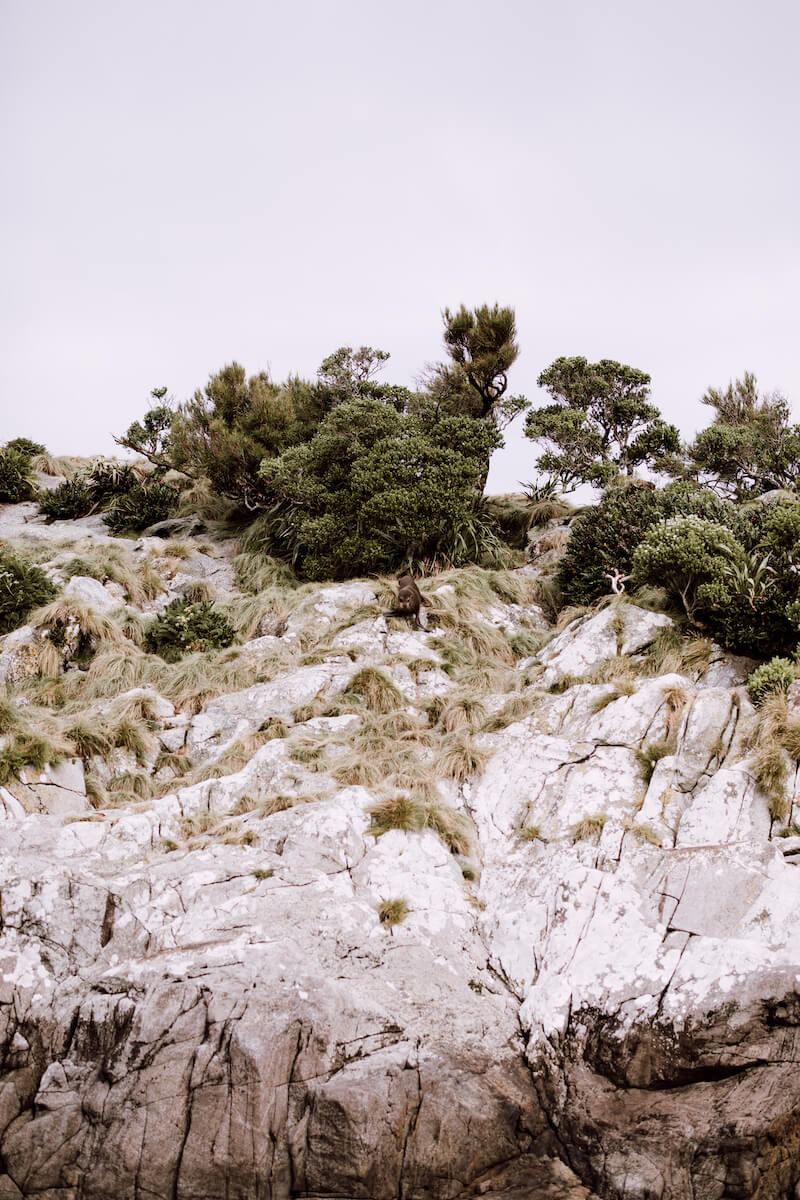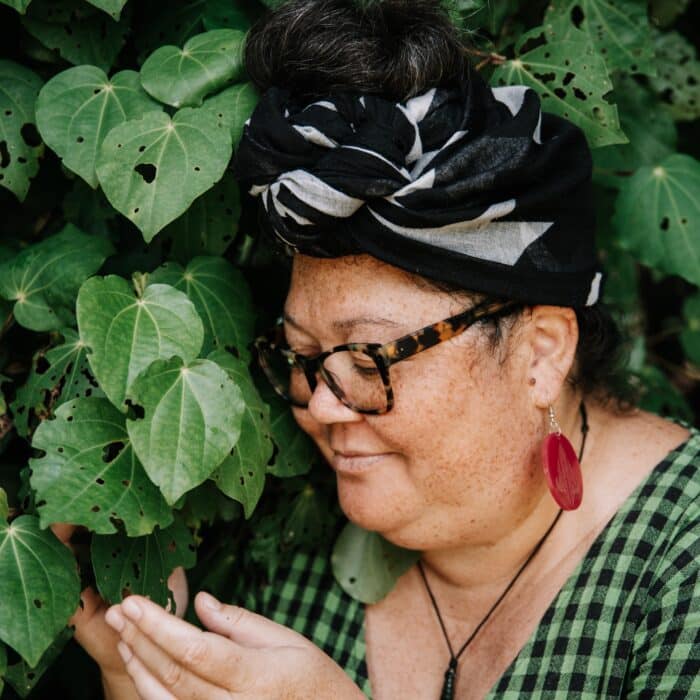20 February 2023
Sound, Sea and Sky
WRITER & PHOTOGRAPHER: FRANCINE BOER
Kei te Koraha. Off the Beaten Track.
Fiordland’s majestic landscape is breathtaking, even within Aotearoa. It captures the mind, heart and spirits of all who visit. Entrepreneurs Maria Kuster and Seán Ellis use their sustainable charter venture Pure Salt to foster conservation efforts in the region with style. Photographer Francine Boer joined them on a trip, which she recounts for Shepherdess.

Tamatea Dusky Sound reflected in the window of the wheelhouse of the MV Flightless.
The unmistakable sound of a helicopter echoes through the towering fiords. I’m on the MV Flightless – a twenty-seven-metre ex-navy ship – moored in Supper Cove, the heart of southern Fiordland. On board the chopper is Maria who, together with her partner Seán, charters the Flightless for Pure Salt – connecting people to this ever-changing, pure and raw part of the world. Guests are motivated to go kayaking, diving, hunting, tramping and take early morning wake-up swims – there’s no set itinerary – often with a conservation focus. When I ask the rest of the crew to describe Maria, I get answers like, “genius,” “strong” and “badass.”
The helicopter lands on the flight deck of the ship, and out steps Maria with the warmest smile on her face. She’s finally home – for that is indeed what Fiordland has become for the German native. Maria climbs up to the ship’s rooftop, which is her favourite place to do yoga in the morning and take in the beautiful surroundings.
“I was hitchhiking around New Zealand when I headed down south to Fiordland,” Maria, 38, says. “A guy I was travelling with suggested I could work on a boat in Milford Sound. I burst out laughing. That’s how close the reality of boating was for me. I started working in Milford in different jobs and got to know Seán at the underwater observatory.” Seán, 40, chimes in: “We have the same passions, the same qualifications, same morals, same everything.”
A guest on the Flightless prepares to go diving for crayfish.
Maria takes up the story again: “For me, there’s always a magic in Fiordland – how untouched it is. There are parts that would have never seen a human footprint. That kind of connects with me, it always has. I haven’t really found that in other places in the same way. Slowly but surely, roots started forming and that’s when we decided we need to stay in this place and give back to Fiordland.”
When Seán and Maria first started their business six years ago, their vision was to charter their ship three months across the course of the year and spend the rest of their time enjoying Fiordland. “As soon as we had the business to the point where it was actually running and we weren’t going to crash and burn, we literally just sat down with a local Department of Conservation (DOC) office and said, ‘Hey, what can we do to give back to Fiordland? We want to do this for the long haul. We don’t want to just give you money and let you do stuff with it.’ Which was quite a different concept.”
As much as possible, Maria and Seán want people to use Pure Salt as a vehicle to support Fiordland, and they now spend around eight weeks a year using their charter to actively give back to the region. “In a way, we’ve sacrificed what our short-term dream was to something way bigger and regenerative,” Maria says. “We do a lot but essentially we are just a piece of the puzzle helping DOC along with countless other volunteers and businesses.”
Pure Salt funds, plans and carries out conservation work, which includes pest eradication through the setting and monitoring of hundreds of traps and filling in biodiversity gaps across Tamatea Dusky Sound’s seven hundred islands. Pure Salt also initiates underwater rubbish clean-ups and hosts educational trips. They then report back to DOC, adding new projects in as they come along. People can choose to come back as volunteers or donate money for the cause by buying a trap or trapline. On top of that, the two ensure their business is as useful to the cause as it can be, offering their helicopter to get things out or flying in people who are doing conservation work in hard-to-access areas. Maria tells me her motto is: “Wherever you can, however you can, you do what you can.”





The ship sets off through the sound, with me on board. “She’s a majestic explorer,” Seán says fondly. I can immediately see why: the Flightless is a sturdy but sophisticated vessel, and I find myself naturally trusting her as she gracefully boosts through the rolling waves of the moody fiords. As she carries us past pods of dolphins, it really feels like we are seeing the “true” Fiordland of hundreds of years ago.
After passing many islands, the Flightless enters Luncheon Cove. The tropical sound of two kākā ring out as they circle the ship. Further out, two baby fur seals wrestle. “We’re seeing changes in little ol’ Dusky Sound,” Maria tells me. “These are places that, considering the limited interruption of people, shouldn’t be affected but have been. As time has gone on, we’ve seen marine reserves put in place and we have watched the bird numbers increase. To us this proves people can make a difference.”
As the ship chugs along to its next destination, we shrug into wetsuits and adorn ourselves with funky dive goggles. Then the group gets to see just how full of life the ocean we have been sailing on is. Mini purple jellyfish float centimetres away from me; a blue cod burps out a spray of shells it has been snacking on. And it doesn’t stop there – a stingray flies by while a curious octopus pushes itself forward with its tentacles. It takes off with surprising speed, launching itself onto a rock and spreading out all its arms. We look on in awe.
“For us, it’s always been about connecting people with place,” Maria says. “Nobody’s anything without the people around you and the place you set for them. It’s not just that great chunk of national park on the southwest corner of New Zealand. Suddenly, you’re on a kayak; you’re actually touching the trees on your walks; you see the underwater world while you’re diving; you hear the birds and you can see what nature can be. It’d be hypocritical to keep Fiordland to ourselves and not share it with others. You want to lift people up and watch people grow on charters like these.”

Once we’re back in the boat and out of our wetsuits, we head out to the strait. As we approach, the weather changes – the wind is blowing and in the distance we see a small boat fighting the waves. “That’s the local helicopter pilot’s boat,” Seán says. “He’s probably not having the best of times.” The Flightless passes the vessel and through the wet windows a friendly smile and a quick wave is seen. Seán gives an encouraging wave back.
Venison steaks, shot not even twenty-four hours ago, are being prepared in the kitchen and the smell of a beautifully prepared dinner rises to the wheelhouse. The ship is in full action: guests are laughing, the crew is doing their magic – making the ship feel like home. Seán looks for a spot to moor for the night.
Only an hour later the weather has calmed down, the sun has set behind the mountains and the ship is anchored. Slowly, the Flightless is covered by a blanket of stars and the moon creeps up from behind the peaks. We speculate as to whether we heard a kiwi in the distance...or was it a weka?
The Pure Salt crew has passed their passion to each of us, and conservation is now a topic on board. We can recognise and name more and more native species. The seed has been planted that – as Maria said before – people can make a difference.




If you enjoyed this story, please share with someone else.
This story appeared in the Raumati Summer 2022/23 Edition of Shepherdess.
Get your hands on a copy.
Related Stories
My Koro
When the worst happens, whānau comes together. Often, it’s not until you’re most tested that you find out how strong you really are.
Caprese Tart
These tarts are so easy to make. If you do individual ones, it’s instantly a little special, plus it’s flaky, puffy, soft and crispy.



